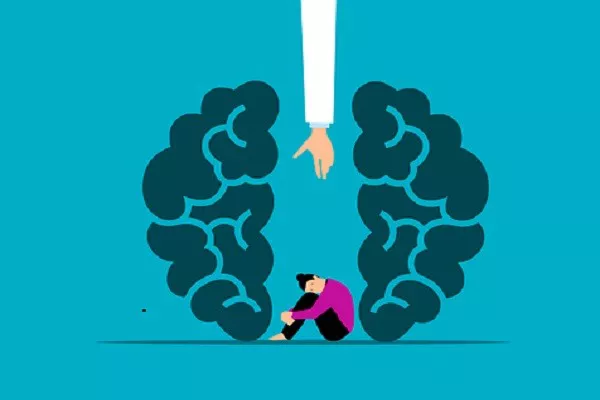There are many different personality assessments available, but one of the most well-known is the Big Five Personality Test, which categorizes individuals into five broad personality traits: openness, conscientiousness, extraversion, agreeableness, and neuroticism.
Another popular personality assessment is the Myers-Briggs Type Indicator (MBTI), which categorizes individuals into one of 16 personality types based on their preferences in four areas: introversion/extroversion, intuition/sensing, thinking/feeling, and judging/perceiving.
The Enneagram is another personality assessment tool that categorizes individuals into one of nine personality types based on their core motivations and fears. Each type is associated with distinct patterns of thought, behavior, and emotional responses.
Finally, the DISC Personality Test categorizes individuals into one of four personality types based on their dominant behavioral traits: dominance, influence, steadiness, and conscientiousness. These four traits are then used to assess an individual’s communication style, decision-making process, and interpersonal dynamics.
While each of these assessments provides a unique perspective on personality, it’s important to remember that they are just one tool for understanding oneself and others. No assessment can fully capture the complexity of human personality, and individuals may exhibit traits and behaviors that are not fully reflected in their assessment results. Additionally, personality can change and evolve over time, so it’s important to approach these assessments with an open and flexible mindset.

























